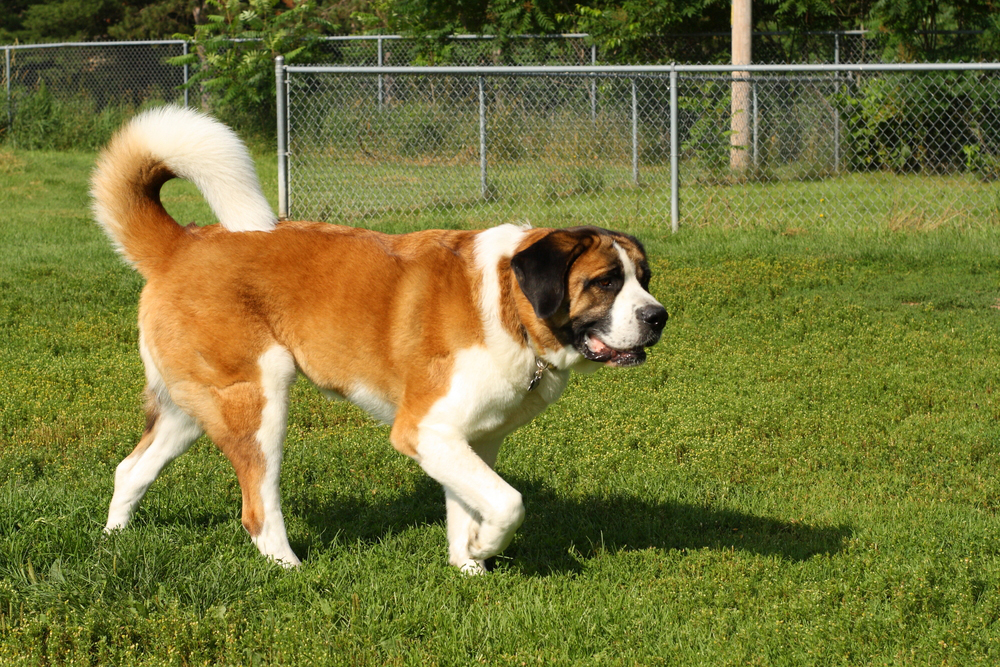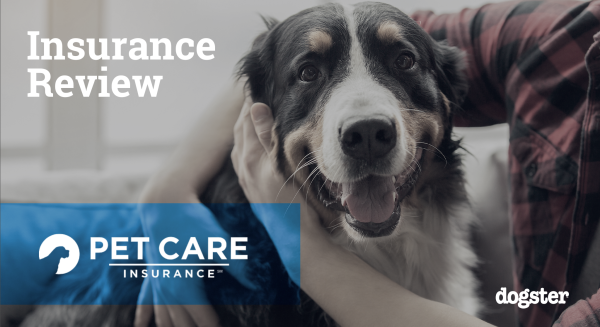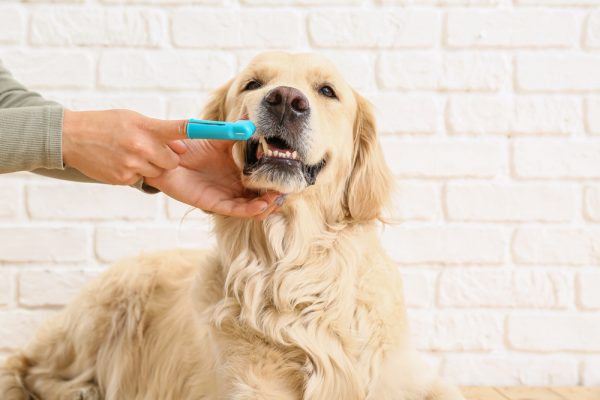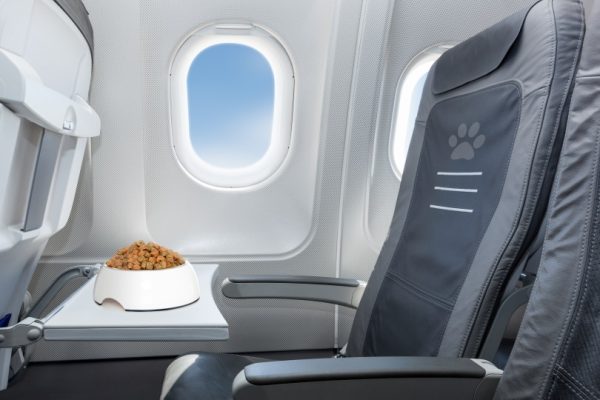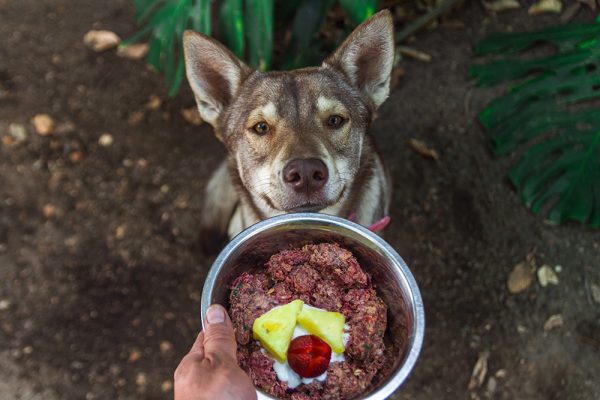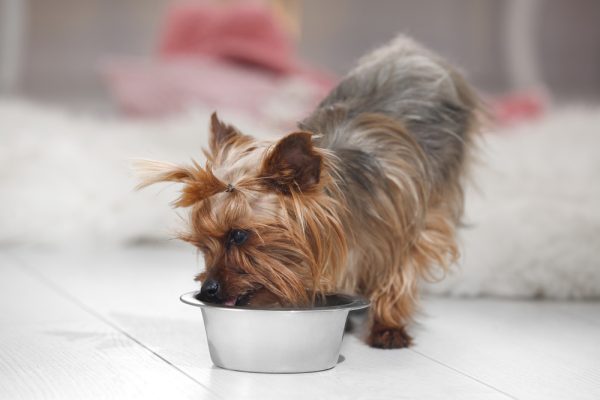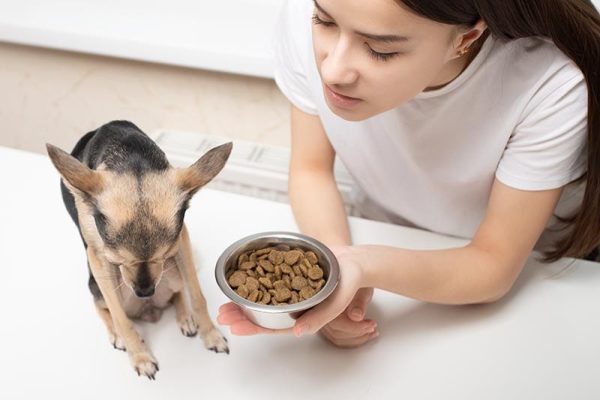Back and forth, back and forth. If you’ve noticed your dog pacing, you’re likely wondering why this behavior started and what is causing it. And, of course, how to fix it! Older dogs are often more prone to pacing, but it can also occur in younger and middle-aged dogs. Pacing can be a sign of various underlying issues, ranging from behavioral to medical to emotional irregularities. Understanding the reasons behind your dog’s pacing is important for fixing the root cause and for providing your pup with appropriate care.
Here are 10 possible reasons why your dog might be pacing and some tips on how to help them feel healthy and safe again.

The 10 Reasons Your Dog May Be Pacing
1. They’re Anxious or Stressed Out
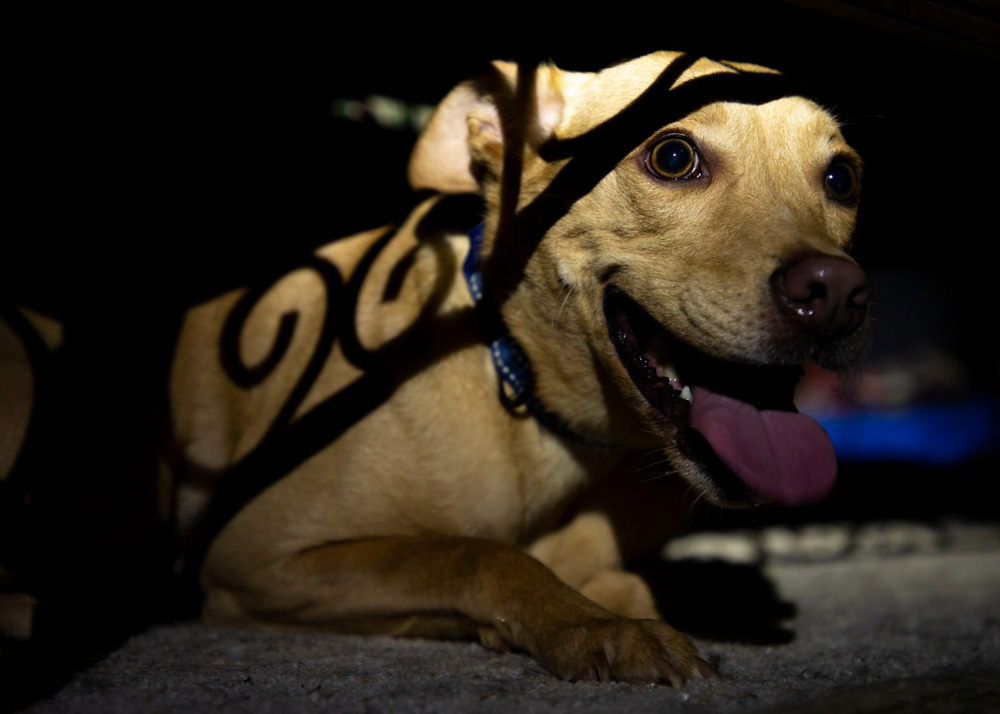
Dogs may pace when something is causing them anxiety or stress. Changes in their environment, their routine, or the presence of new people or animals can trigger behaviors like pacing.
2. They’re Bored
Dogs can become restless and pace if they’re bored or lack mental and physical stimulation. They need something to do, and pacing might be their only option.
3. They’re Sick or Injured
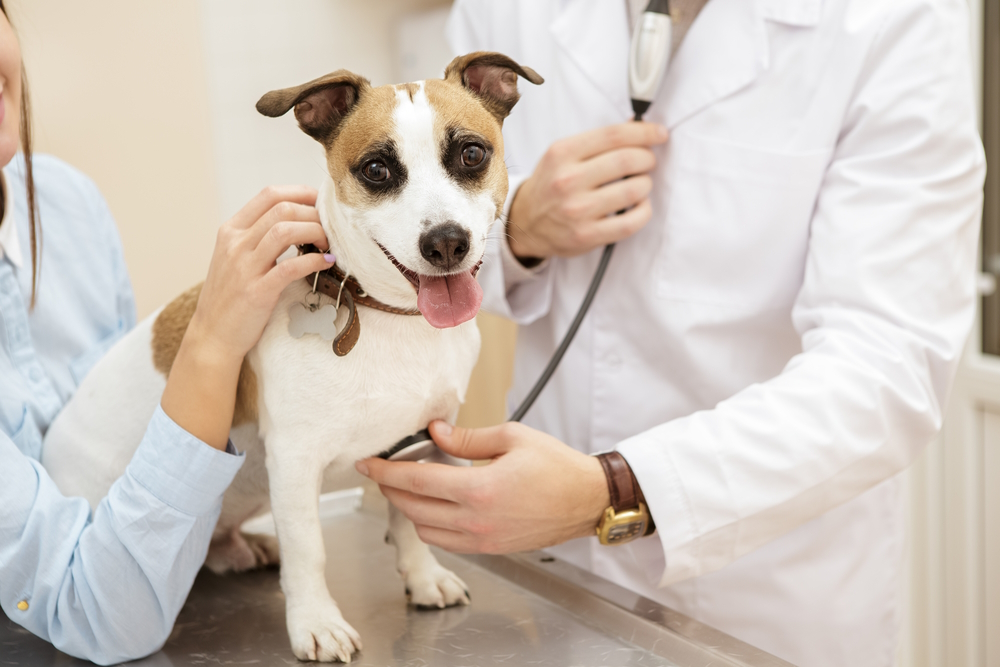
Pain or discomfort from underlying health issues, such as arthritis or digestive problems, or from a hidden injury is another common cause for dog pacing.
4. They’re Hungry or Thirsty
If your dog is hungry or thirsty, pacing may be a way of expressing their needs. They might be looking for food or water in their surroundings.
5. They Need to Pee or Poop
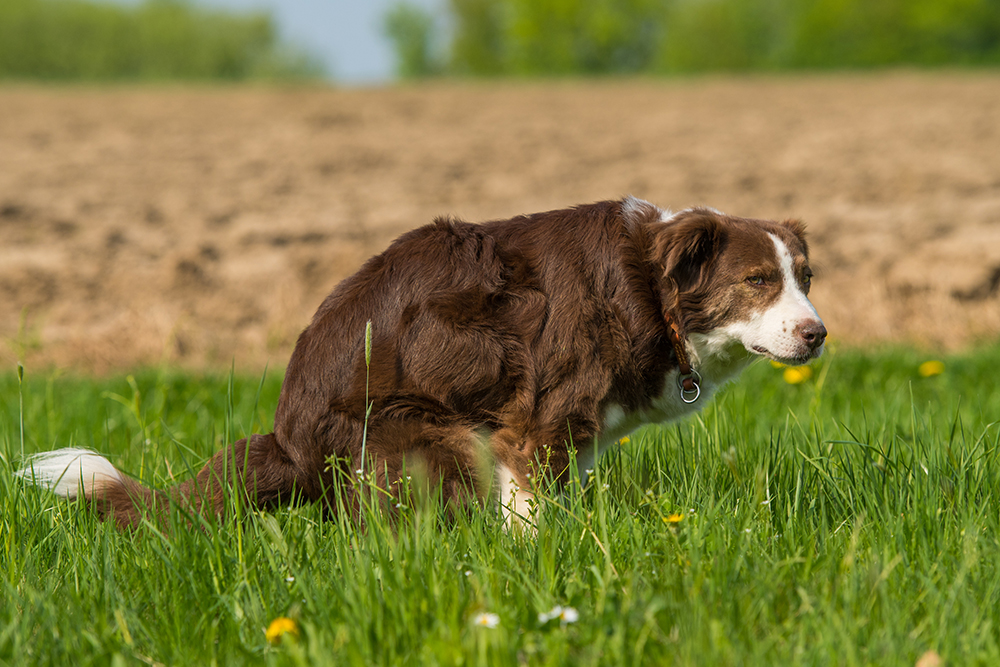
Another common reason your dog won’t stop pacing is because they need to go outside and relieve themselves. You might be familiar with that feeling: you have to pee and are struggling to hold it in! Your dog might be feeling the same thing!
6. They Want Some Attention
Dogs may pace to get your attention, especially if they associate pacing with receiving interaction or treats.
7. They’re Following Their Nesting Instinct
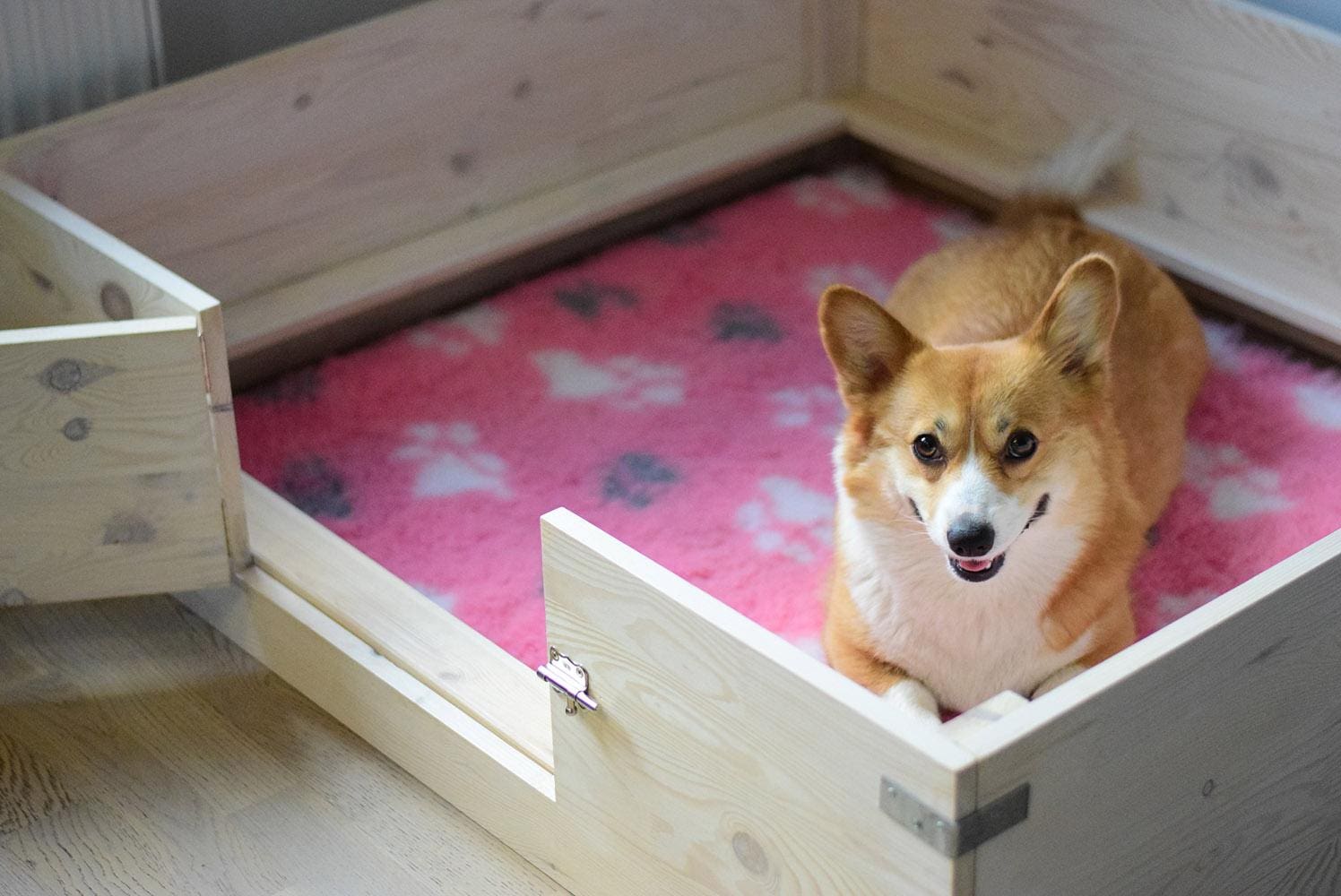
Female dogs, especially those that are unspayed, may exhibit pacing behaviors when they are in heat and have a nesting instinct.
8. They’re an Old Dude (or Dudette)
If you’ve noticed your dog is pacing and acting weird it could be because they are getting old. Senior dogs may pace due to cognitive dysfunction or discomfort associated with aging.
9. They’re Full of Excitement or Anticipation
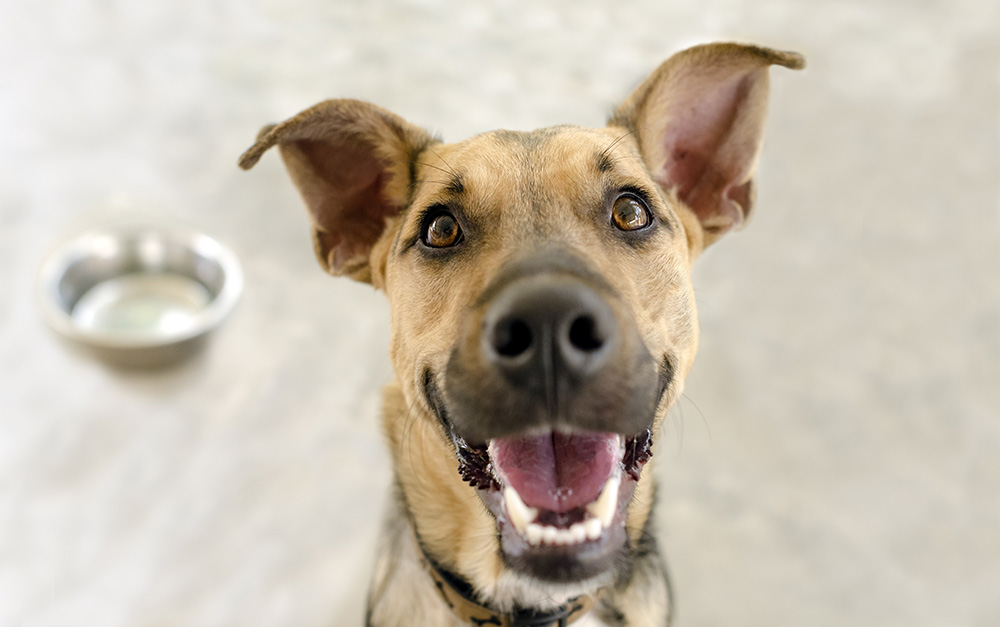
Dog pacing is common when they are excited or anticipating an event, such as going for a walk or receiving a meal.
10. They’re Lacking Routine
Dogs thrive on routine, and changes to their schedule can cause anxiety or restlessness.
- Establish and maintain a consistent daily routine to provide a sense of predictability for your dog.
If you’re concerned about your dog’s health we suggest you speak to a vet.
If you need to speak with a vet but can't get to one, head over to PangoVet. It's our online service where you can talk to a vet online and get the advice you need for your dog — all at an affordable price!


Conclusion
A pacing dog is typically an unhappy dog. If your dog’s pacing persists or is accompanied by other concerning behaviors, it’s crucial to consult with a veterinarian or a certified dog behaviorist as soon as possible for a thorough assessment. Identifying and addressing the underlying cause is key to helping your dog feel more comfortable and content. We hope this article gave you some possible reasons why your dog won’t stop pacing and ways to help your pooch feel comfy again.
Featured Image Credit: Nick Chase 68, Shutterstock
